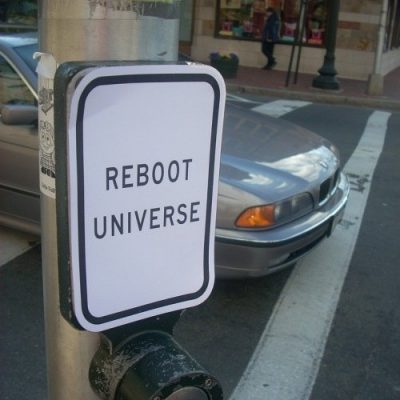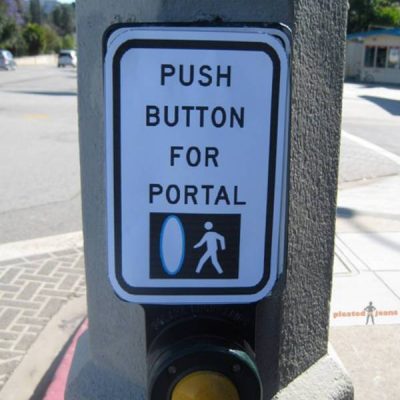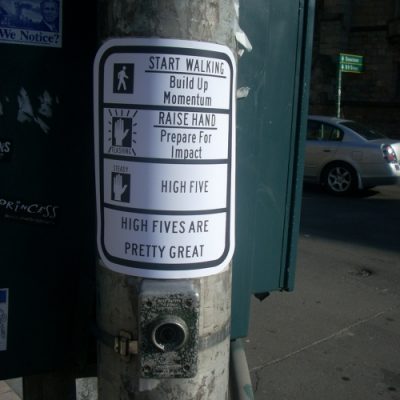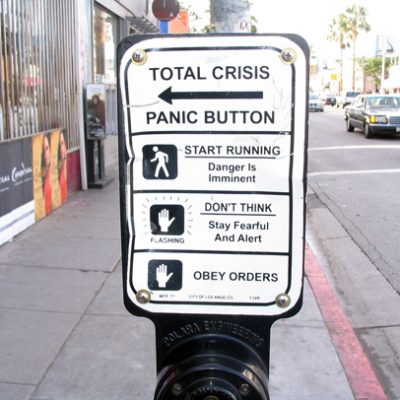
Each of these seemingly disconnected everyday buttons you pressed may have something in common: it is quite possible that none of them did a thing to influence the world around you. Any perceived impact may simply have been imaginary, a placebo effect giving you the illusion of control.
In the early 2000s, New York City transportation officials finally admitted what many had suspected: the majority of crosswalk buttons in the city are completely disconnected from the traffic light system. Thousands of these initially worked to request a signal change but most no longer do anything, even if their signage suggests otherwise.
Naturally, a number of street art projects have popped up around the humorous futility of pedestrians pressing placebo buttons:
Crosswalk buttons were originally introduced to NYC during the 1960s. At the time, there was less congestion and it made sense to leave green lights on for major thoroughfares until cross traffic came along … or until a pedestrian wanting to cross the street pushed a button.
Today, a combination of carefully orchestrated automation and higher traffic has made most of these buttons obsolete. Citywide, there are around 100 crosswalk buttons that still work in NYC but close to 1,000 more that do nothing at all. So why not take them down? Removing the remaining nonfunctional buttons would cost the city millions, a potential waste of already limited funds for civic infrastructure….(More)”



